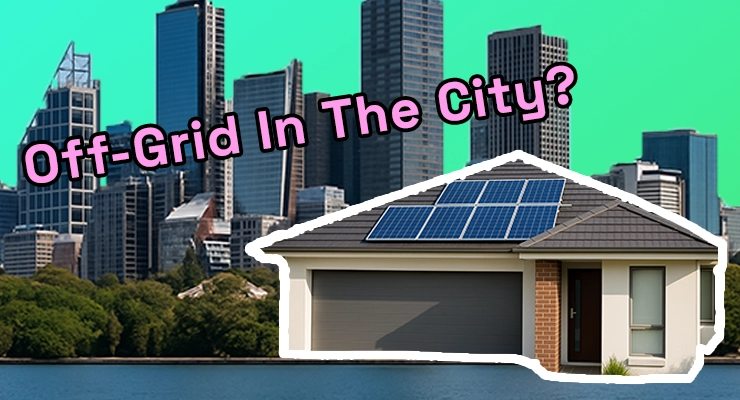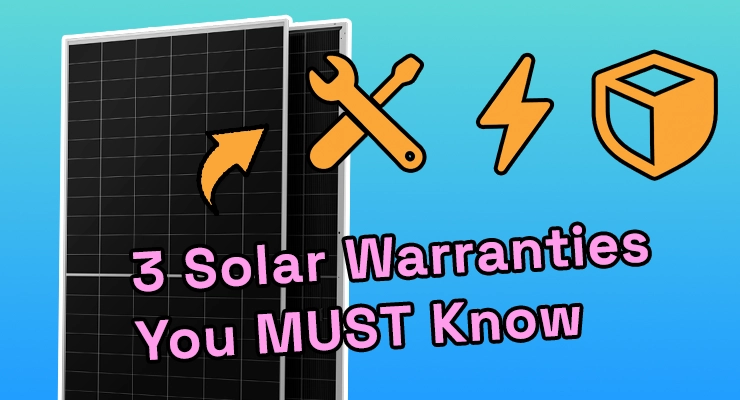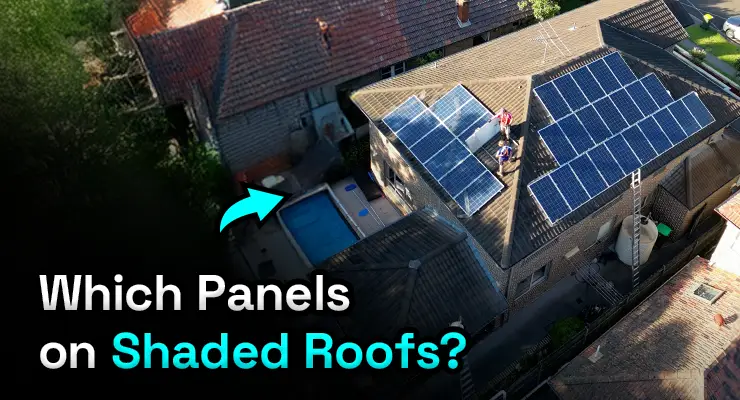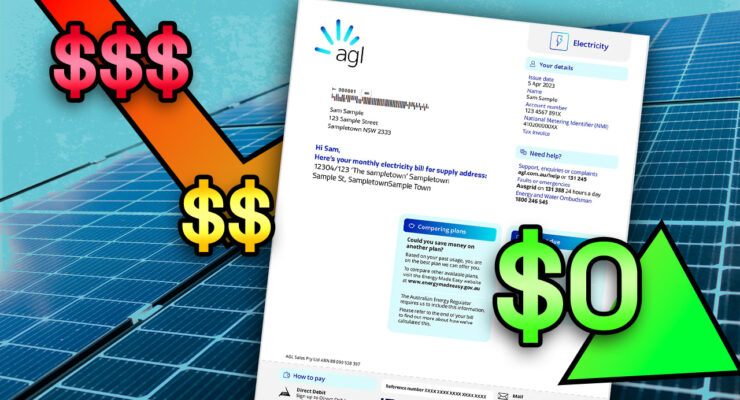
Fast read
A solar system in Australia can pay for itself within 3-5 years and generate over $40,000 in potential savings over its 25-year lifespan.
However, it is not common for a solar system to eliminate a household's electricity bill because of various factors such as the feed-in tariff (FIT), supply costs, and optimal solar system size.
The FIT, which is the rate at which excess solar power is sold to energy retailers, is typically low, making it challenging to generate enough credit to purchase night-time electricity. Additionally, energy retailers often charge a supply fee for being connected to the grid, which can add to the overall cost of electricity.
While it is possible to go off-grid and eliminate energy bills by purchasing a large solar system and battery bank, the upfront system cost is often too high to make this a financially viable option.
While it is possible to go off-grid and eliminate energy bills by purchasing a large solar system and battery bank, the upfront cost is often too high to make this a financially viable option.
Is a $0 dollar electricity bill a potential reality?
Some solar companies may try to convince you that installing their solar panels guarantees a $0 electricity bill for years. Unfortunately, many people who buy these subpar solar systems end up with unreliable performance and minimal savings.
Now, you might wonder if a solar system can genuinely give you a $0 electricity bill. It depends on various factors like the size of the system, its energy efficiency, local weather, and how much energy you use.
While saving money with solar is possible, getting a consistent $0 electricity bill isn’t as common as some companies claim. Essential to be realistic and understand that achieving this depends on many factors working perfectly together.
To make the most of solar energy without getting caught in misleading promises, choose a reliable solar provider, research system details, and have realistic expectations. This way, you can enjoy the benefits of solar power while ensuring a dependable and effective solar power system that fits your long-term plans.
The feed-in tariff (FIT) – how does it work?
When your solar system produces electricity, it is fed into the home directly to reduce your electricity bills to $0. The excess power that is not used is then fed to the grid. This excess power is sold to your energy retailer at a set rate called the feed-in tariff (FIT).
In the initial stages of solar adoption in Australia, the Feed-In Tariff (FIT) reached as high as 60 cents per kilowatt-hour (kWh). However, the current rates are significantly lower, and in some states, under specific conditions, there might be restrictions on exporting electricity. Consequently, the renewable energy generated by the system could go to waste.
In NSW, for example, the typical FiT payment ranges from 5 – 8 cents, however, it is possible with research to find a FiT that pays up to 12 cents.
If the price you pay for electricity from the grid is 35 cents for 1 kWh and you get 5c for your exported kWh, then you need to export 7 kWh during the day to earn enough to buy 1 kWh for use at night.
So if your solar system produced 36kWh and you only used 15kWh during the daylight hours, then you would be exporting the other 21kWh. So at night, you could purchase 3 kWh of electricity to break even. But it is much more likely that you will import as much as 10 to 15kWh during the night if your electricity consumption mirrors the majority of Australian households. Therefore, reaching a cost-neutral position on electricity charges alone isn’t easy.
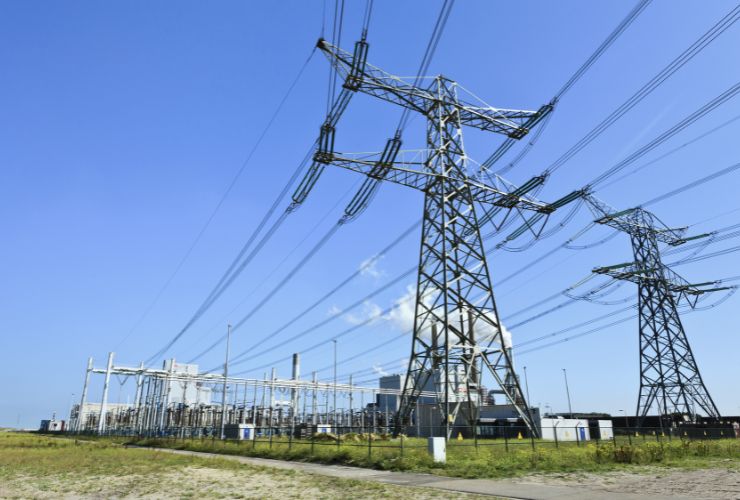
Optimal solar system size
If you want to use the extra energy your solar panels make during the day to pay for your electricity at night, you’ll need a bigger solar system than what you normally use. That’s why having a solar system that completely gets rid of your electricity bill is not very common. Finding the right balance involves how much energy you use, how much your solar panels make, and what your system can handle.
You also have to consider the supply cost
To achieve a $0 electricity bill through solar, you must also consider the energy retailer’s supply cost. This cost adds an extra fee to your electricity bill for maintaining a connection to the grid.
It usually costs around $100 per quarter, equalling an additional $1,10 per day or, at 5c FIT, another 22kWh of exported energy per day.
This ongoing charge by the energy suppliers is one of the key reasons why many homes will not reduce their electricity bill, despite having solar. Reducing their bill significantly -Yes, getting it to Zero or even credit is rare.
Going off-grid
Of course, one could purchase a substantial battery bank and a comprehensive solar system and disconnect from the grid, then one’s electricity bill would be $0, and we would not have to pay the supply fee.
But then the upfront cost would be exorbitant, so this solution does not make that much sense economically.
So, in summary – although a solar system can reduce a household’s electricity bill to $0 ultimately, it only applies to specific circumstances which are not that common. Therefore, instead of aiming for a $0 electricity bill, homeowners should go for a lower bill in the 200 -300 range per quarter, which is much more reasonable whilst still allowing for massive savings in contrast to their previous bills.
